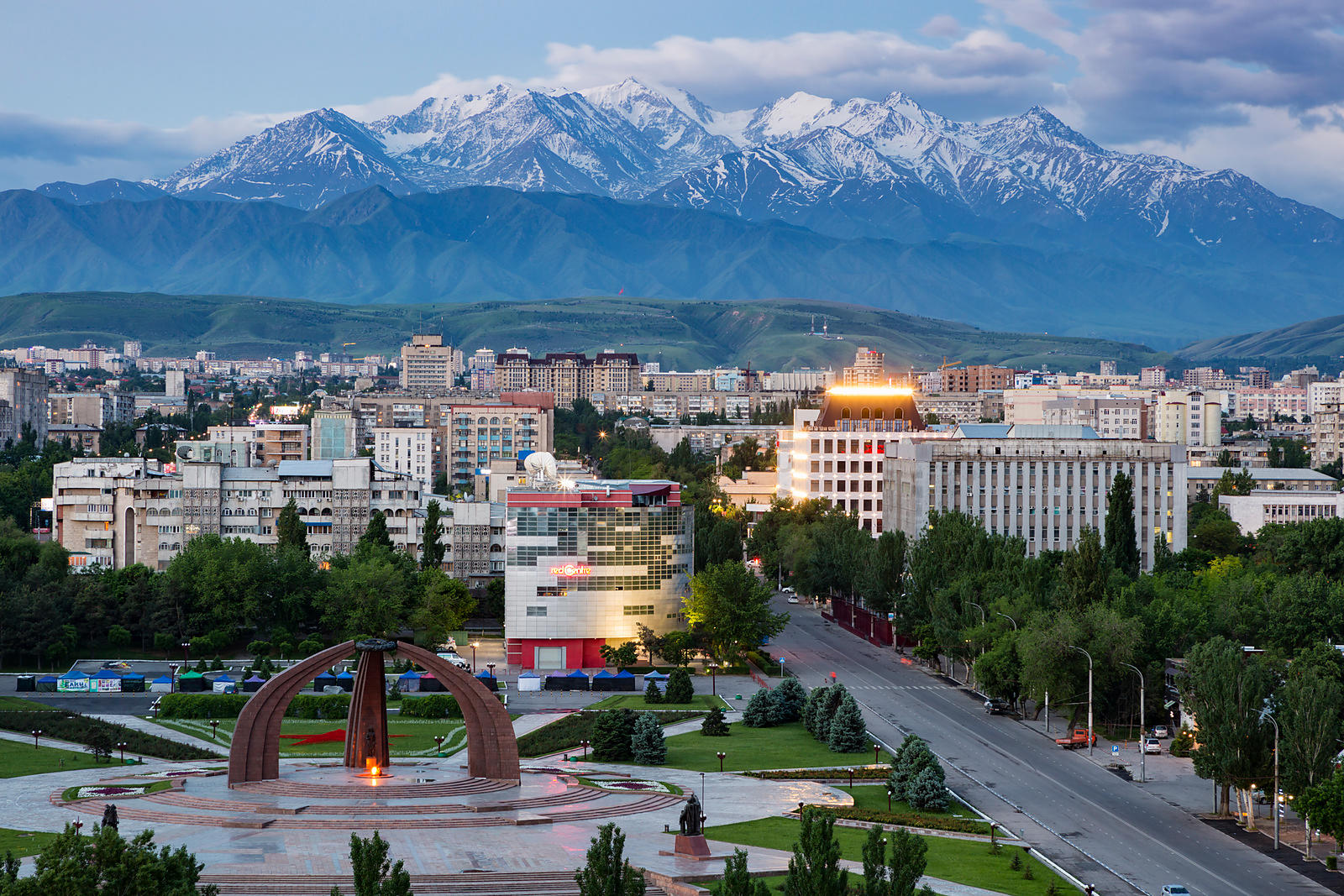
Kyrgyzstan’s main businesses
Kyrgyzstan, a mountainous country in Central Asia, has an economy shaped by its geography, natural resources, and historical trade connections. The nation’s main businesses revolve around agriculture, mining, energy, trade, tourism, and manufacturing. Below is an overview of Kyrgyzstan’s key industries:
1. Agriculture
Agriculture plays a vital role in Kyrgyzstan’s economy, employing a significant portion of the population. The country’s fertile valleys and favorable climate make it ideal for growing crops like wheat, barley, corn, and potatoes. Livestock farming is also prevalent, with sheep, cattle, and horses being raised for meat, milk, and wool. Products like honey and dried fruits are popular for both domestic consumption and export.
2. Mining
Kyrgyzstan is rich in mineral resources, making mining one of its primary industries. The country is known for its gold reserves, with the Kumtor Gold Mine being one of the largest gold producers in Central Asia. Other minerals such as coal, uranium, antimony, and rare earth elements are also mined. The mining sector is a significant contributor to the national GDP and attracts foreign investment.
3. Energy
The energy sector in Kyrgyzstan is primarily based on hydropower. The country has abundant water resources and generates most of its electricity through hydroelectric power plants. The Toktogul Reservoir is a key asset in this sector. However, energy exports are limited, and the country still imports fossil fuels due to a lack of domestic oil and gas production.
4. Trade and Commerce
As a member of the Eurasian Economic Union (EAEU), Kyrgyzstan benefits from trade partnerships with neighboring countries like Kazakhstan, Russia, and China. The country acts as a transit hub along the historical Silk Road, facilitating trade in textiles, consumer goods, and agricultural products. The Dordoi and Kara-Suu bazaars are major centers for trade, attracting merchants from across the region.
5. Tourism
Tourism is a growing industry in Kyrgyzstan, driven by its stunning natural landscapes, including Issyk-Kul Lake, the Tian Shan mountains, and alpine meadows. Adventure tourism, such as trekking, skiing, and horse riding, is popular. The country’s cultural heritage, featuring traditional yurts, nomadic lifestyles, and historical landmarks, also attracts international visitors.
6. Manufacturing
The manufacturing sector in Kyrgyzstan is focused on textiles, food processing, and light industrial goods. The production of traditional felt and wool products, such as carpets and clothing, is notable. The country also manufactures small-scale machinery and construction materials.
7. Small and Medium Enterprises (SMEs)
SMEs form the backbone of Kyrgyzstan’s economy, especially in urban areas like Bishkek and Osh. These businesses range from retail shops and restaurants to IT startups and artisan workshops. Government initiatives and international aid programs aim to support entrepreneurship in the country.
8. Challenges and Opportunities
Despite its potential, Kyrgyzstan faces economic challenges, including political instability, a lack of infrastructure, and dependency on remittances from citizens working abroad. However, ongoing investments in infrastructure, digital technology, and regional cooperation provide opportunities for growth.
In conclusion, Kyrgyzstan’s economy is diverse but heavily reliant on natural resources and agriculture. With strategic investments in infrastructure and sustainable industries, the country aims to bolster its economic resilience and capitalize on its unique geographic position.



Leave a Reply